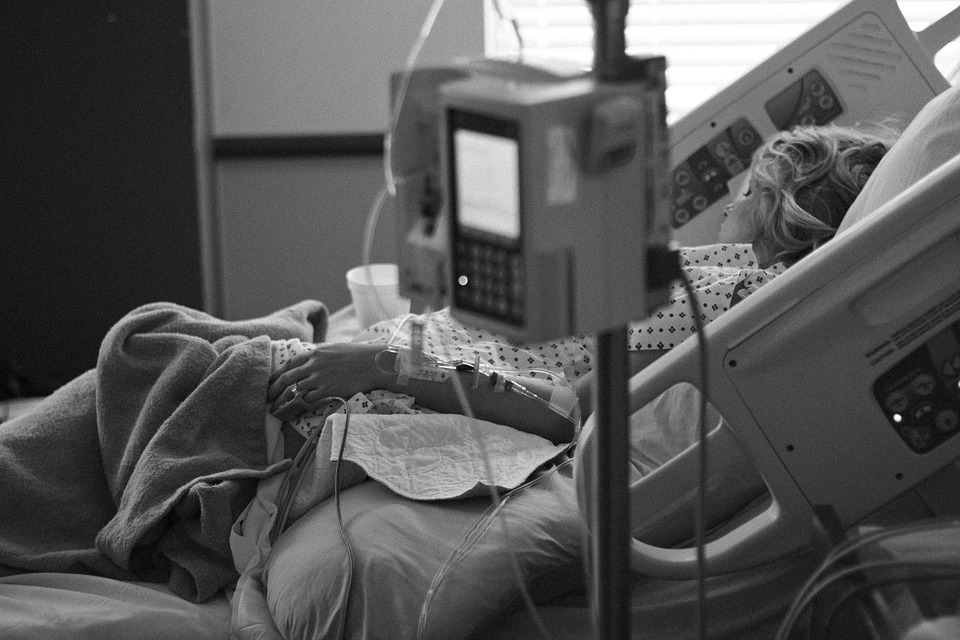 Identifying candidates for Palliative Care can now be determined through a new algorithm that could help to prepare and provide better care for terminally ill people during their final months of life. According to reports “researchers at Stanford University have developed a neural network that can determine a patient’s chance of dying in the next three to 12 months in order to point doctors to them so they can more effectively deliver palliative care. The system collects and analyzes a patient’s health records in comparison to data from about 2 million other patients collected over nearly 20 years and then makes a prediction about the patient’s mortality.
Identifying candidates for Palliative Care can now be determined through a new algorithm that could help to prepare and provide better care for terminally ill people during their final months of life. According to reports “researchers at Stanford University have developed a neural network that can determine a patient’s chance of dying in the next three to 12 months in order to point doctors to them so they can more effectively deliver palliative care. The system collects and analyzes a patient’s health records in comparison to data from about 2 million other patients collected over nearly 20 years and then makes a prediction about the patient’s mortality.
The abstract from the report reveals:
Studies have shown that physicians tend to over-estimate prognoses, which in combination with treatment inertia results in a mismatch between patients wishes and actual care at the end of life . We describe a method to address this problem using Deep Learning and Electronic Health Record (EHR) data, which is currently being piloted, with Institutional Review Board approval, at an academic medical center. The EHR data of admitted patients are automatically evaluated by an algorithm, which brings patients who are likely to benefit from palliative care services to the attention of the Palliative Care team. The algorithm is a Deep Neural Network trained on the EHR data from previous years, to predict all-cause 3-12 month mortality of patients as a proxy for patients that could benefit from palliative care. Our predictions enable the Palliative Care team to take a proactive approach in reaching out to such patients, rather than relying on referrals from treating physicians, or conduct time consuming chart reviews of all patients. We also present a novel interpretation technique which we use to provide explanations of the model’s predictions. The Palliative Performance Scale [14] was developed as a modification of the Karnofsky Performance Status Scale (KPS) [15] to the Palliative care setting, and is calculated based on observable factors such as: degree of ambulation, ability to do activities, ability to do self-care, food and fluid intake, and state of consciousness.
For more details See Improving Palliative Care with Deep Learning report.
